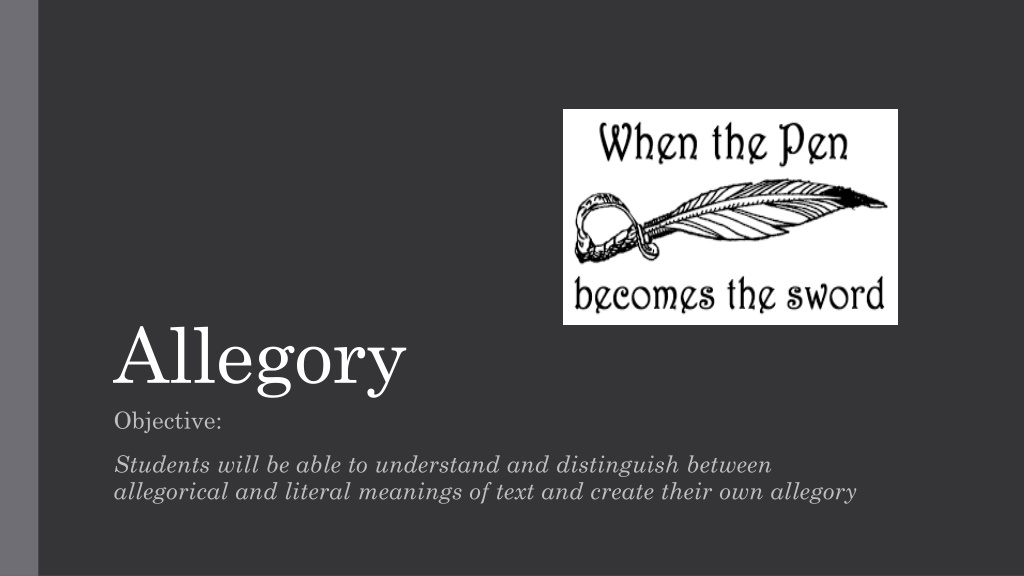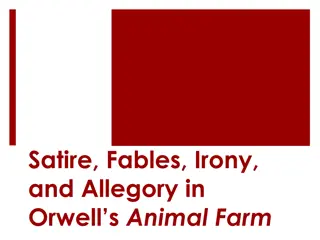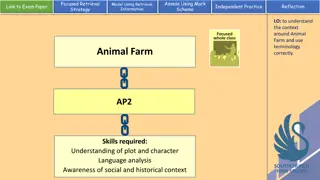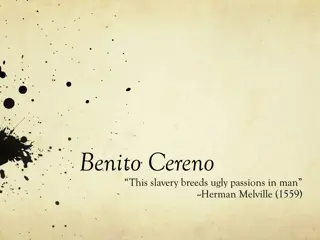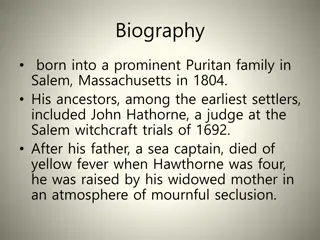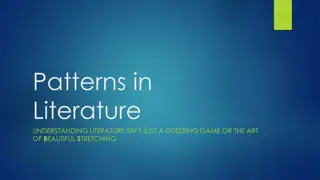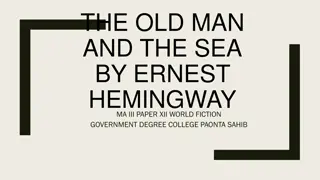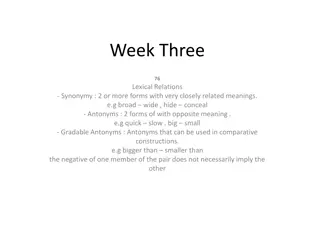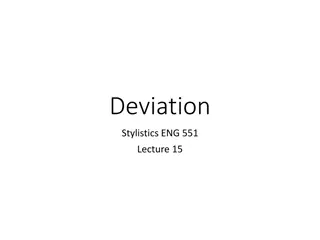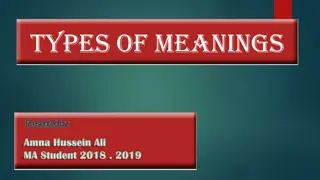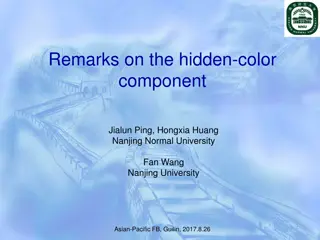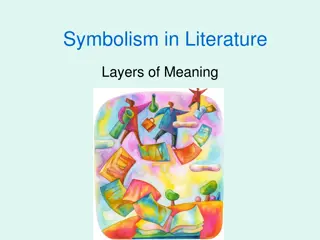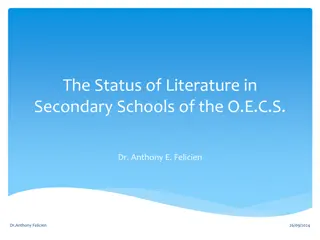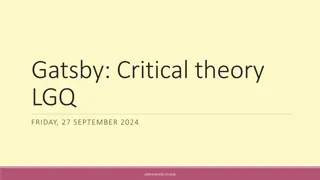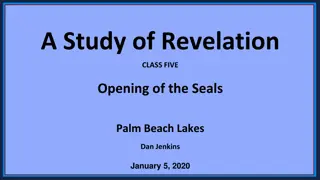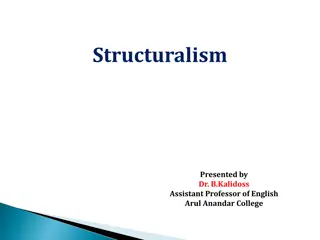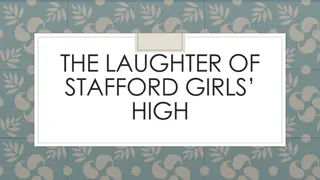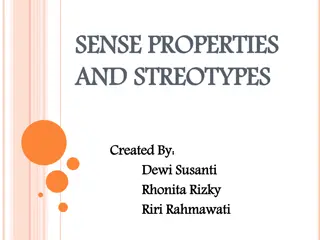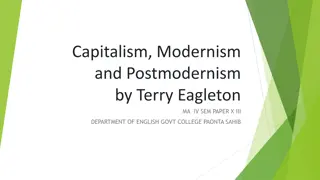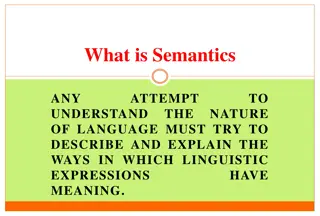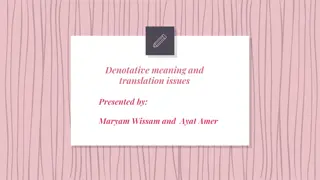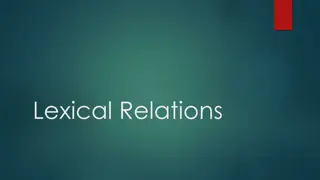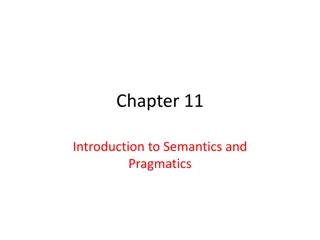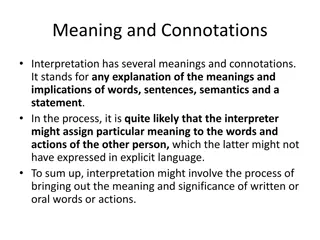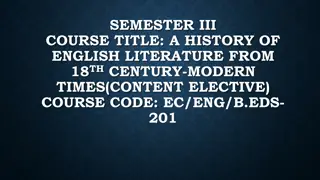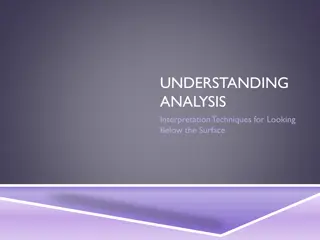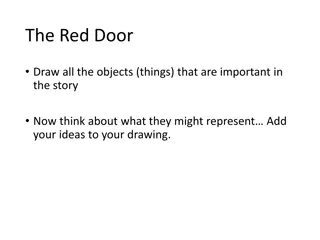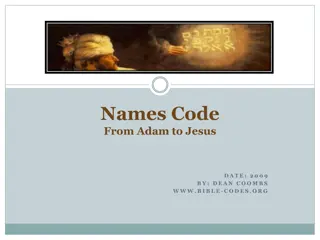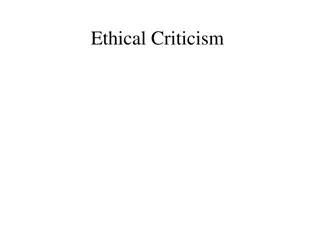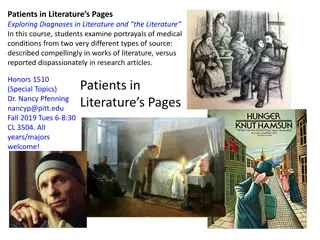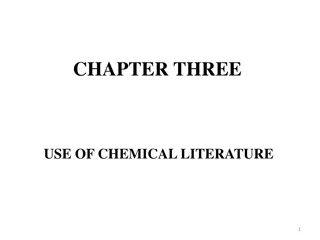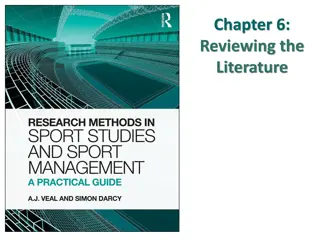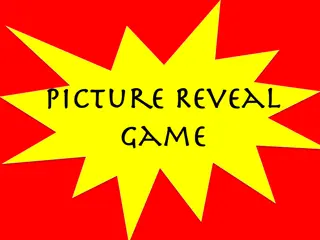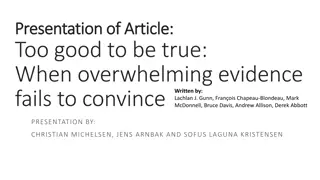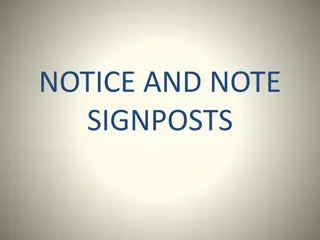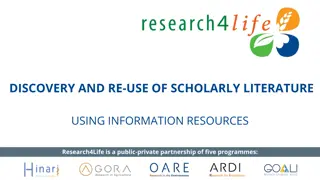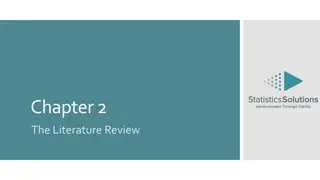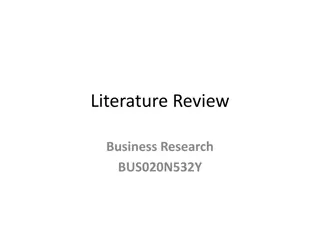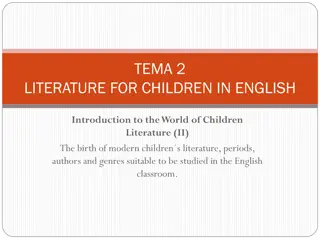Understanding Allegory: Unveiling Hidden Meanings in Literature
Delve into the world of allegory and uncover the hidden depths within stories, poems, and pictures. Learn to differentiate between literal and allegorical meanings, exploring how authors convey deeper messages through symbolic representations. Discover the power of allegory in conveying moral, political, and historical insights, and create your own allegorical works to express unique perspectives.
Download Presentation

Please find below an Image/Link to download the presentation.
The content on the website is provided AS IS for your information and personal use only. It may not be sold, licensed, or shared on other websites without obtaining consent from the author. Download presentation by click this link. If you encounter any issues during the download, it is possible that the publisher has removed the file from their server.
E N D
Presentation Transcript
Allegory Objective: Students will be able to understand and distinguish between allegorical and literal meanings of text and create their own allegory
What is an Allegory? A story, poem, or picture can be interpreted to reveal hidden meaning typically a moral or political one. A story in which the characters and events are symbols that stand for ideas about human life, political or historical situation; a symbolic representation of something else.
Why write an Allegory? Symbolic representation of something else to convey the author s point of view or perspective. Like metaphors, symbolism, allusions, satire these are all ways in which author s convey their point of view or perspective on a topic so does an allegory.
How does one read an allegory? Literal meaning take the words of a story to mean exactly what they say and only way they say; surface read do NOT read an allegory in this manner Allegorical meaning to take the words of the story as a hidden message; dig deeper and find the author s message or moral of the story
Common Examples of Allegory The Tortoise and the Hare - Aesop s Fable Literally meaning: cute story where a turtle beats a rabbit in a footrace. Allegorical meaning: a story meant to teach a lesson as Tortoise challenges Hare to a race and beats Hare because of Hare s overconfidence. The hidden meaning, or moral, is that some people are born with natural talents but waste them to idleness or laziness. Tortoise s character is meant to show how despite natural talents, a little hard work, and perseverance, and focus can win the day. The race, when read allegorically, is actually life itself.
More examples of allegory The Ant and the Grasshopper Aesop s Fables https://www.umass.edu/aesop/content.php?n=0&i=1 Literal meaning: story about a grasshopper that loves to play all day and who teases poor Ant who is hard at work all day long during the spring and summer. In the end, the winter comes and grasshopper starves while Ant makes it comfortably through the winter. This could be read as a tragedy about the death of a poor grasshopper. Allegorical meaning: Those that are hardworking and prepared will be able to survive setbacks and hardtimes.
Lets Practice In your cooperative groups, read The Sneetches by Dr. Seuss to determine its literal and allegorical meanings. Be prepared to share your findings with the class.
Literal Meaning: some silly creatures who spend their all their days thinking about how special or terrible they are because of the star they have or don't have on their bellies. An opportunistic person comes along and gets them to spend all their money changing their belly stars. In the end they learn that the stars didn't really matter after all because they were more alike than different. What did you find? Allegorical Meaning: the ridiculousness of racism and the harm it can cause to everyone.
